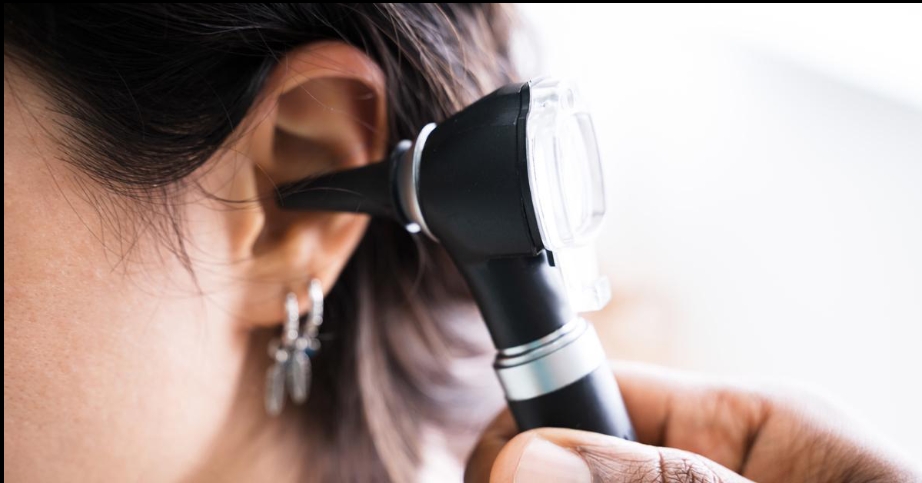Ear wax, medically known as cerumen, is a natural substance produced by glands in the ear canal. Its primary function is to protect the ear from dust, foreign particles, and infections. Generally, ear wax is beneficial and should not be a cause for concern. However, excessive or impacted ear wax can lead to discomfort and hearing problems. It’s important to recognize the signs that indicate a need for professional ear wax removal.
1. Hearing Loss
One of the most common signs of excessive ear wax buildup is a gradual decrease in hearing. This occurs when wax accumulates and hardens, creating a blockage in the ear canal. If you notice a sudden or gradual reduction in your ability to hear, it’s a clear sign that you may need to have professional ear cleaning.
2. Earache and Discomfort
Earaches or a feeling of fullness in the ear are also indicators of excessive ear wax. This discomfort is usually caused by the pressure of the wax against the ear drum or canal. If you experience persistent or worsening ear pain, it’s advisable to seek medical attention.
3. Tinnitus
Ringing or buzzing in the ear, known as tinnitus, can sometimes be attributed to ear wax buildup. While tinnitus can have many causes, if it occurs suddenly and is accompanied by other symptoms like hearing loss, it might be related to wax accumulation.
4. Ear Infections
Repeated ear infections can be a sign of excessive ear wax. Wax buildup can trap bacteria in the ear canal, leading to infection. If you find yourself suffering from frequent ear infections, consider consulting a healthcare professional about ear wax removal.
5. Itchiness in the Ear
While a mild amount of itchiness is normal, persistent or severe itching may indicate an issue with wax buildup. Excessive cleaning or using cotton swabs can also exacerbate this problem, pushing wax deeper into the ear canal.
6. Odor or Discharge
An unusual odor or discharge from the ear is a less common, but concerning sign of ear wax problems. This could indicate an infection or a serious blockage, requiring immediate medical attention.
7. Dizziness
Excessive ear wax can sometimes affect your balance, leading to dizziness or vertigo. If you experience unexplained dizziness along with other symptoms like hearing loss, it’s worth getting your ears checked.
8. Coughing
Interestingly, a persistent cough can sometimes be triggered by ear wax buildup. This happens due to the vagus nerve, which runs from the brain to various parts of the body, including the ear canal. Excessive wax can stimulate this nerve, leading to a reflexive cough.
Prevention and Treatment
Prevention of ear wax buildup involves avoiding the use of cotton swabs or other objects in the ear, as these can push wax deeper into the canal. Instead, cleaning the outer ear with a washcloth and letting water run into the ear during showers can help maintain cleanliness without risking impaction.
When it comes to treatment, professional ear wax removal is the safest option. Methods include ear drops to soften the wax, irrigation, or manual removal by a healthcare provider. It is not advisable to attempt to remove impacted wax at home, as this can lead to further complications.
Conclusion
Ear wax plays a vital role in maintaining ear health, but excessive buildup can lead to a range of uncomfortable symptoms and even hearing loss. Recognizing the signs of ear wax problems is crucial for timely intervention. If you experience any of the symptoms discussed, consider consulting with an audiologist for advice and potential ear wax removal. Remember, ear health is an important aspect of overall well-being and should not be neglected.







